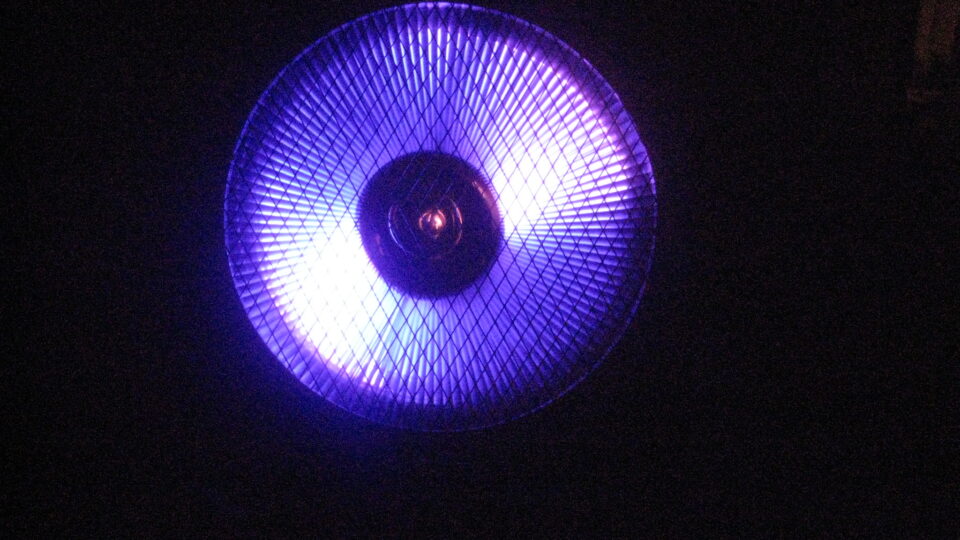New research published by the University of Colorado Boulder analyzes the effects of different wavelengths of ultraviolet light on the SARS-CoV-2 virus. The research found that a specific wavelength of UV light is not only extremely effective at killing the virus that causes COVID-19, but also that this wavelength is safer for use in public spaces.
UV light is naturally emitted by the sun and most forms of it are harmful to living things – including microorganisms and viruses. The most harmful UV radiation from the sun is filtered out by the atmosphere’s ozone layer. Human-engineered UV light sources screen out harmful UV rays with a phosphorus coating on the inside of the tube lamps. Hospitals and some other public spaces already use UV light technology to disinfect surfaces when people are not present.
The new research found that a specific wavelength of far-ultraviolet-C, at 222 nanometers, was particularly effective at killing SARS-CoV-2, but that wavelength is blocked by the very top layers of human skin and eyes. In other words, that light has essentially no detrimental health effects for people while it is very capable of killing off viruses.
The researchers argue that this safe wavelength of Far UV-C light could serve as a key mitigation measure against the COVID-19 pandemic. They imagine systems that could cycle on and off in indoor spaces to routinely clean the air and surfaces or perhaps create an ongoing, invisible barrier between teachers and students, customers and service workers, and other places where social distancing is not practical. Installing these specialized UV lights would be much cheaper than upgrading entire HVAC systems in buildings.
**********
Web Links
Specific UV light wavelength could offer low-cost, safe way to curb COVID-19 spread
Photo, posted January 18, 2008, courtesy of Phil Whitehouse via Flickr.
Earth Wise is a production of WAMC Northeast Public Radio.

